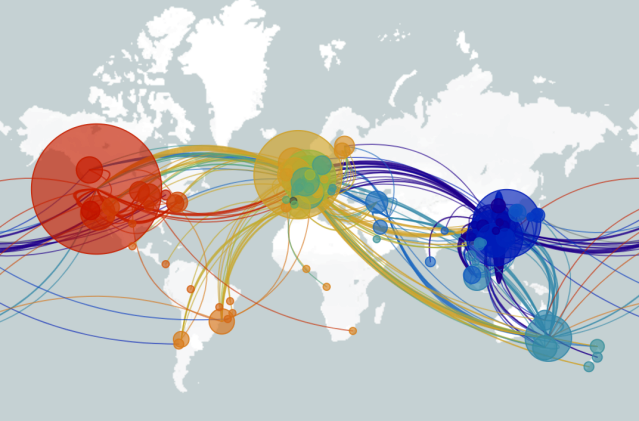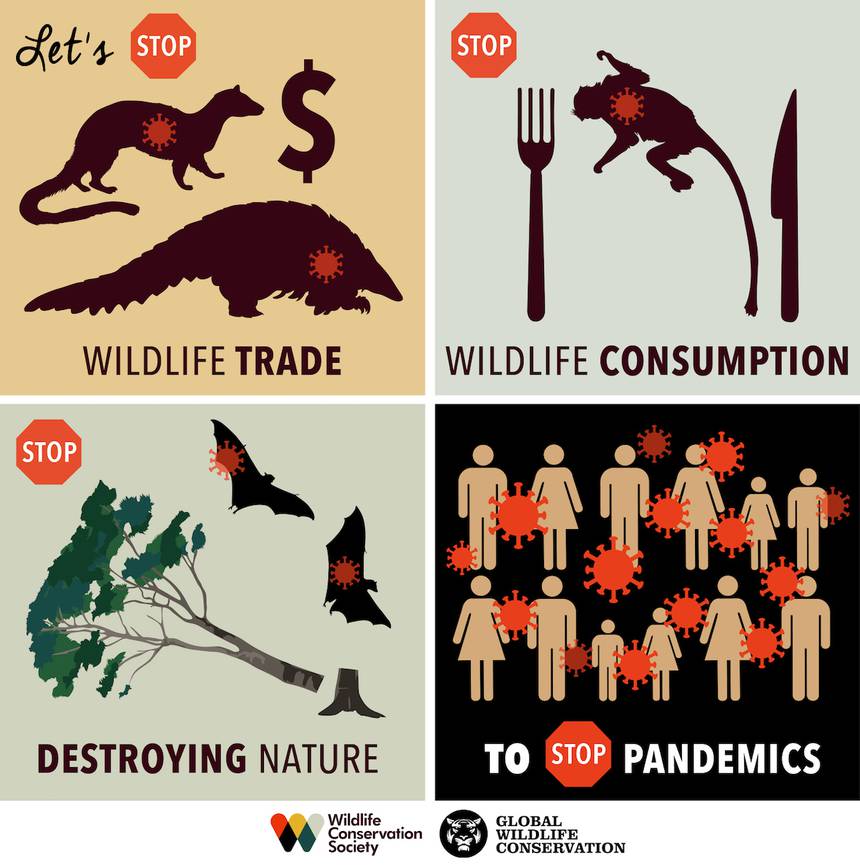Experts compare strategies for easing lockdown restrictions in Europe and Asia Pacific and identify key cross-country lessons – knowledge of infection levels, community engagement, public health capacity, health system capacity, and border control measures. They find an absence of clear and consistent strategies for exiting restrictions and identify key cross-country lessons that can still be learnt. Experience with past pandemics in Asia Pacific meant they were more prepared than European countries. An ambition to achieve a ‘Zero COVID’ strategy (eliminating domestic transmission), like in New Zealand, should be considered, suggest the authors.
Link to article https://www.thelancet.com/journals/lancet/article/PIIS0140-6736(20)32007-9/fulltext



